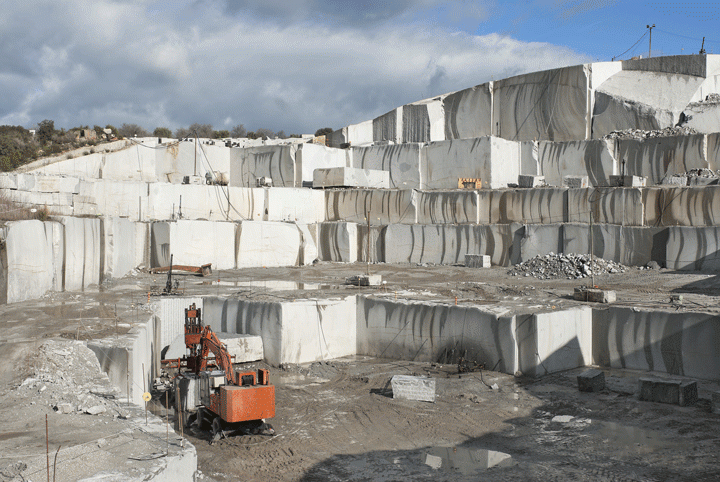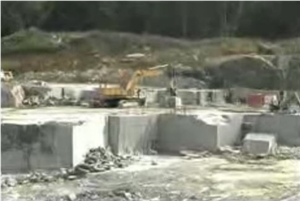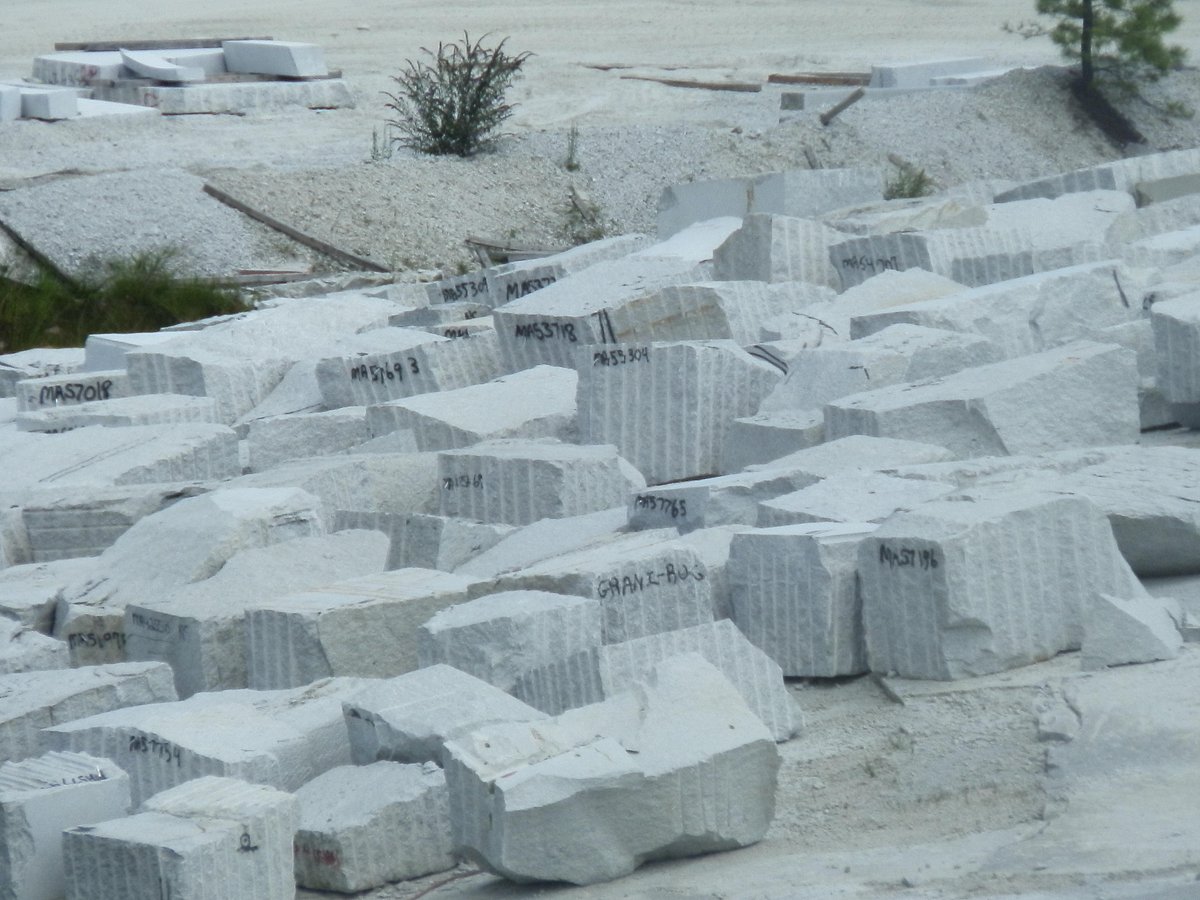Checking Out the Rich Heritage: Granite Quarries in Rustenburg Introduced
Checking Out the Rich Heritage: Granite Quarries in Rustenburg Introduced
Blog Article
From Quarry to Counter Top: Recognizing the Refine of Granite Extraction
Granite, a prominent selection for counter tops as a result of its durability and aesthetic charm, undertakes a fascinating journey from the depths of a quarry to its last location in our kitchens and shower rooms. As we explore the detailed process of granite removal, we will certainly uncover the tricks behind the formation of these stunning rock down payments, check out the strategies and tools employed in quarrying, and untangle the steps included in changing raw granite blocks right into brightened and ended up kitchen counters. From the geological beginnings to the meticulous workmanship, this trip promises to reveal the remarkable story behind the production of these classic and useful items.
Formation of Granite Deposits
The development of granite deposits is a geologic process that entails the progressive air conditioning and solidification of lava deep within the Earth's crust. Granite, an usual sort of igneous rock, is formed when liquified lava cools down and solidifies over long durations of time. This procedure occurs underneath the Earth's surface, usually at midsts of several kilometers.
Granite is primarily made up of 3 primary minerals: feldspar, quartz, and mica. These minerals combine to offer granite its particular structure and appearance. As the lava cools down, the minerals interlace and take shape, forming a firmly packed structure. The slow air conditioning process permits the development of huge crystals, which offer granite its unique grainy texture.
The formation of granite deposits is frequently associated with structural task, such as the collision of continental plates or the ascent of lava from the mantle. The extreme warm and pressure produced throughout these processes contribute to the melting of rocks and the succeeding formation of magma.
Over countless years, the solidified granite is exposed at the surface area with erosion and uplift. This is when granite deposits can be quarried and removed for numerous applications, including kitchen counters, flooring, and building and construction products.

Quarrying Strategies and Equipment
Quarrying methods and tools play a vital duty in the effective removal of granite down payments for various industrial applications. The process entails making use of specialized tools and machinery that make certain the secure and smooth removal of granite blocks from the quarry site.
One of the key methods utilized in granite quarrying is drilling (granite quarries in rustenburg). This includes using drilling equipments geared up with diamond-tipped drill bits. These makers develop openings in the rock surface, enabling the insertion of eruptive costs. Once the charges are detonated, the resulting surge breaks the granite into workable blocks.
Along with boring, reducing and splitting tools are also crucial in granite quarrying. Cable saws and high-pressure water jets are generally used to cut through the granite. These methods are effective in separating the granite right into individual blocks, which can then be more processed.
Loading and hauling tools are critical in the transportation of granite obstructs from the quarry to the handling center. Durable trucks and forklifts are commonly used to relocate the blocks, guaranteeing their risk-free and effective transfer.

Extraction and Transport of Granite Blocks
With the completion of the quarrying techniques and equipment area, we now turn our interest to the essential procedure of removing and carrying granite blocks. When the granite has actually been effectively quarried, it is required to remove the blocks from the quarry face. This is usually done using hefty machinery, such as excavators or front-end loaders, which are equipped with large blades go now or rippers to break the blocks devoid of the surrounding rock.
After the blocks have been removed, they need to be transported to the processing center. This is usually done making use of specialized trucks or trailers that are qualified of carrying the enormous weight of the granite obstructs. These transportation lorries are designed to make sure the safe and effective motion of the blocks, with attributes such as reinforced frameworks, hydraulic systems, and safe and secure tie-downs.
The transportation procedure calls for careful planning and control to ensure the blocks reach their destination without damage. This entails selecting the suitable courses, considering elements such as roadway problems, weight restrictions, and the size of the blocks. It is also essential to secure view it the blocks correctly during transport to avoid shifting or gliding, which could lead to accidents or damages to the blocks.
Cutting and Shaping Granite Slabs
To produce refined and specific granite pieces, a thorough right here procedure of shaping and cutting is employed. As soon as the granite blocks have actually been extracted from the quarry and carried to the center, they prepare to undertake this vital action. The reducing process begins with using specialized equipment such as ruby cable saws or high-powered saw blades. These tools are qualified of slicing through the hard granite with precision and efficiency. The slabs are very carefully reduced to the preferred thickness, taking into consideration any kind of details needs or style preferences.
After the initial cutting, the pieces are then shaped to fulfill the wanted requirements. This is done utilizing a combination of saws, mills, and polishing devices. The sides of the slabs are smoothed and rounded, giving them an ended up and fine-tuned appearance. The surface area of the pieces is likewise brightened to accomplish a reflective and shiny finish.

Sprucing Up and Ending Up the Granite Countertops
The final step in the granite removal procedure involves the precise polishing and completing of the granite kitchen counters. After the granite pieces have been cut and shaped to the preferred measurements, they undertake a collection of treatments to enhance their appearance and toughness.
The very first phase of the brightening procedure is recognized as grinding. Throughout this phase, coarse diamond abrasives are utilized to eliminate any type of blemishes and smooth the surface area of the granite. granite quarries in rustenburg. This procedure is crucial for accomplishing an uniform and degree coating
As soon as the grinding is complete, finer diamond abrasives are employed to further refine the surface area of the granite. This brings out the all-natural beauty of the rock and offers it a shiny and reflective look.
After the brightening stage, the granite counter tops are completely cleaned up to eliminate any dirt or debris. This is adhered to by the application of a sealer, which helps protect the rock from discolorations and scrapes.
Final Thought
To conclude, the procedure of granite extraction involves various phases, consisting of quarrying, removal, transport, reducing, forming, polishing, and ending up. Granite down payments are formed over numerous years with geological processes. Quarrying techniques and devices are utilized to extract granite blocks, which are after that moved to the cutting and forming stage. Finally, the granite slabs are brightened and completed to create beautiful kitchen counters. This procedure needs careful planning, knowledgeable employees, and advanced machinery to ensure the top quality and toughness of the end product.
As we dig into the intricate process of granite removal, we will discover the keys behind the formation of these majestic rock down payments, explore the methods and equipment utilized in quarrying, and decipher the actions involved in changing raw granite obstructs into brightened and finished counter tops (granite quarries in rustenburg). These methods are effective in dividing the granite right into individual blocks, which can after that be further processed
With the conclusion of the quarrying strategies and equipment section, we now turn our attention to the vital procedure of transporting and drawing out granite blocks.To produce exact and polished granite slabs, a thorough procedure of reducing and forming is employed.In conclusion, the process of granite removal entails numerous phases, including quarrying, removal, transport, cutting, shaping, polishing, and completing.
Report this page